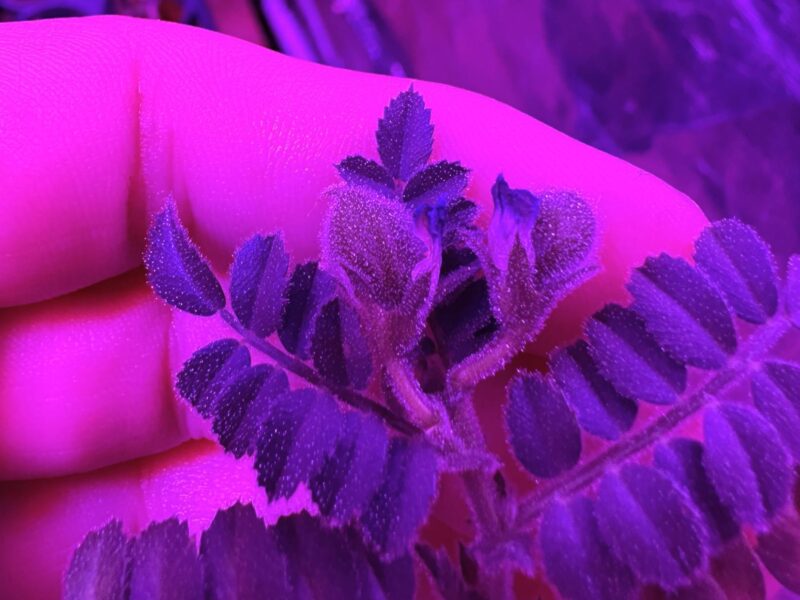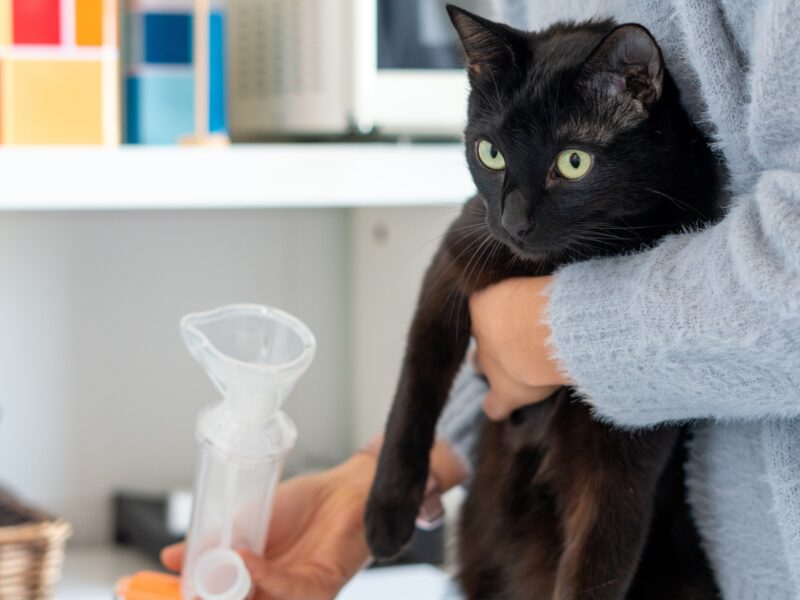Texas A&M Scientists Contribute To First Flight On Mars

In what has been described as a “Wright Brothers moment,” the first-ever powered flight by an aircraft on another planet was made Monday by the mini-helicopter named Ingenuity, a project several former Texas A&M University students who now work at NASA have been involved in for years.
The Mars rover Perseverance landed on the Red Planet Feb. 18, and its mission is to conduct tests on soil, air, terrain and take plenty of photographic images. The rover carried Ingenuity that flew about 10 feet off the ground for 39 seconds, almost the same as the Wright Brothers’ first flight in 1903 in North Carolina.
Three Texas A&M graduates played key roles in the flight from their offices at NASA’s Jet Propulsion Laboratory (JPL) in Pasadena, Calif.
Keri Bean, who earned her bachelor’s degree from Texas A&M in 2010 and her master’s in 2013, is Rover Planner Deputy Team Lead and an M2020 helicopter integration engineer. She played a key role in the helicopter flight, and works with both the helicopter and Mars rover teams.

“While the helicopter team develops their flights, we interface with the rover teams on the helicopter team’s behalf,” she said. “So we work with the imaging teams, making sure helicopter activities are reflected in the rover planning tools, and more.
“This represents a fantastic step forward in the path of solar system exploration. Ingenuity is the first powered, controlled flight on another planet. The Sojourner rover led to all of the amazing rovers we’re familiar with now like Opportunity and Curiosity, and Ingenuity is that first step toward future aerial craft on other planets.”
Chris Salvo, class of ’90, is another former student who helped in the Ingenuity flight.
“My role with regards to the helicopter was on the Perseverance side,” he said. “I managed the Rover Mechanical Subsystem development which included the rover chassis, mobility, and remote sensing mast, along with the Mars Helicopter Delivery System (MHDS) which cradled and protected the helicopter on its journey to Mars then deployed the helicopter on the surface.
“It proved to be a very difficult task to implement this highly integrated system to safely deliver this lightweight and fragile helicopter to Mars,” he said. “It took the total commitment of both the helicopter team and the MHDS team to make it work.”
Bob Deen, class of ’87, is a major player in developing the images on Perseverance. He serves as a data scientist and lead developer for image processing – called Instrument Data System, or IDS at the JPL.
“My job is to process images from all the cameras on the Perseverance rover, and this includes making mosaics and doing stereo image analysis to build 3D models of the terrain, as well as general image processing, archiving, and applying proper calibration,” he said. “As part of this role, I am peripherally involved in the Ingenuity helicopter.”
Deen helped with flight zone selection, and adapted some programs he originally helped write for a previous project called InSight that characterized where it would be safe to land, taking into account surface roughness and tilt of the terrain. These programs were used as part of the site selection process, he said.

Deen also wrote the program that converts the images from the helicopter into the standard format used by the rest of the cameras on the mission.
“The helicopter team itself does the initial extraction of the images, but I put them into a form where the broader Perseverance team can access them,” he said. “Finally, I am the lead for archiving the helicopter images to PDS – the Planetary Data System – where they will be available to researchers and the general public alike for posterity. Even this limited involvement has been incredibly exciting and I’m proud to have played a small role in this most historic project. We make a lot of history at JPL, but this is the coolest one in a long time.”
In addition, Michael Tice and Marion Nachon, both associate research scientists in Texas A&M’s College of Geosciences, have helped with the Perseverance rover mission on Mars.
Tice said that although he and Nachon were not directly involved in the helicopter ride, the event marks a red-letter day for space technology.
“Ingenuity’s flight is an amazing first achievement that opens up a whole new route for exploring Mars in future missions,” Tice said. “Many of us are now imagining future crewed or robotic missions enhanced by drone assistants that will allow us to map out Martian features that are hard to fully explore from the ground or see at high enough resolution from space. The scientific implications for future missions are enormous.”
NASA officials said that in homage to the Wright Brothers, a piece of the original fabric taken from their plane that made the first flight in Kitty Hawk, N.C. on Dec. 17, 1903, was attached to Ingenuity.
Media contacts:
- Keri Bean, keri.bean@jpl.nasa.gov
- Bob Deen, bob.deen@jpl.nasa.gov
- Chris Salvor, Christopher.g.salvo@jpl.nasa.gov
- Michael Tice, mtice@geos.tamu.edu





